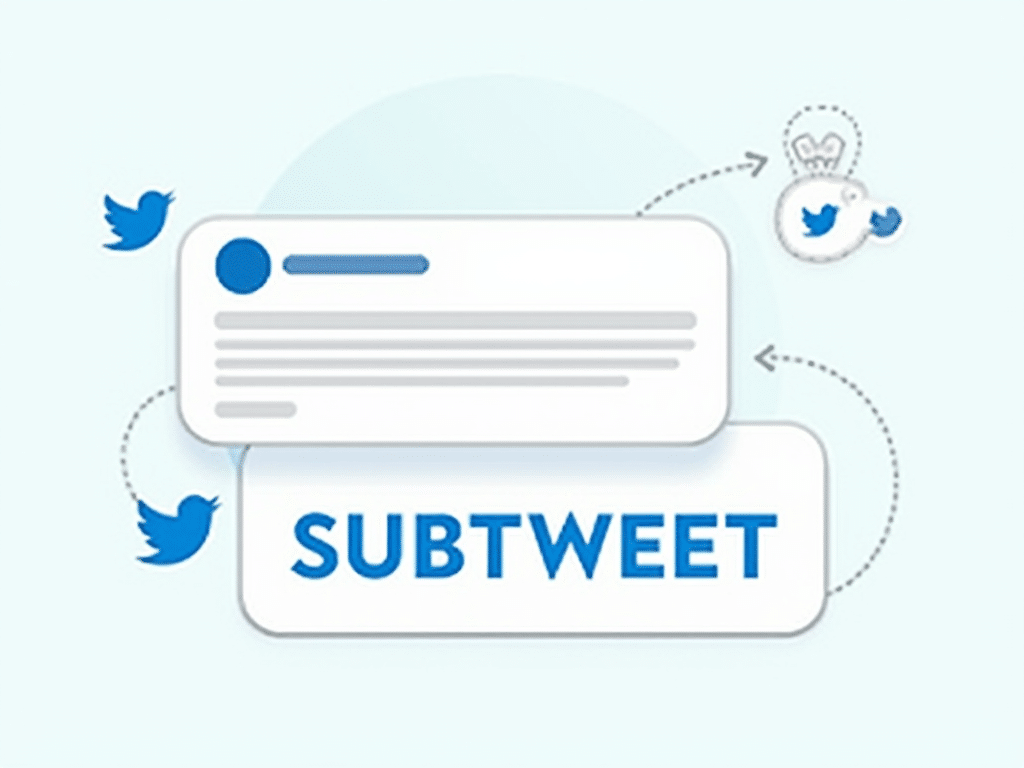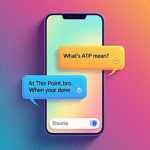Hey there, social media mavens! 👋 Today, we’re diving into the wild world of subtweeting – that sneaky, sometimes snarky way of talking about someone online without actually mentioning them. It’s like whispering in a crowded room, but the room is the entire internet. Intrigued? Let’s unpack this digital drama!
| Key Takeaways | Description |
|---|---|
| Definition | A post about someone without directly mentioning or tagging them |
| Origin | Combination of “subliminal” and “tweet,” started on Twitter |
| Purpose | Express opinions or criticisms indirectly |
| Impact | Can create drama, misunderstandings, or humor |
| Ethics | Debates over whether it’s passive-aggressive or a form of expression |
Subtweet: The Art of Indirect Social Media Shade
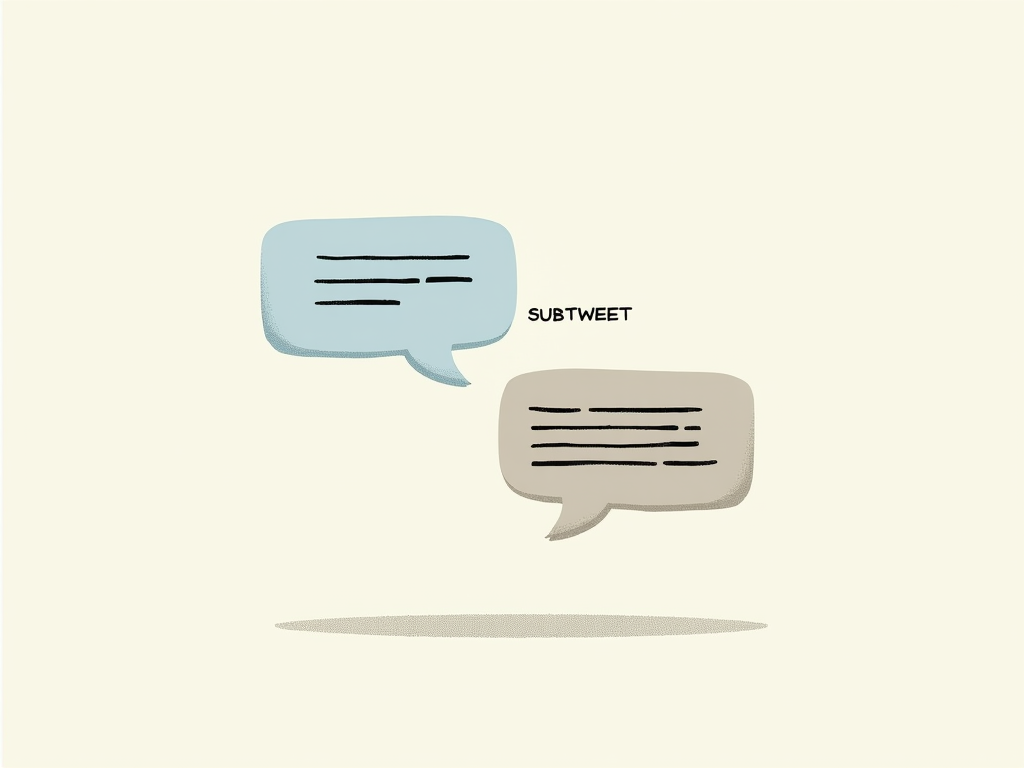
What’s the Deal with Subtweeting?
Alright, let’s break it down. A subtweet is when you post about someone or something without actually naming names. It’s like saying “Some people just don’t know how to mind their own business” when you’re really talking about your nosy neighbor Karen. (Sorry, Karen!)
The term “subtweet” comes from mashing up “subliminal” and “tweet.” It started on Twitter, but now you’ll see subtweeting on pretty much any social media platform. Instagram captions, TikTok videos, Facebook posts – subtweeting is everywhere!
The Anatomy of a Perfect Subtweet
So, what makes a good subtweet? It’s all about the art of being vague yet specific. Here are the key ingredients:
- Vague language: Use words like “someone,” “people,” or “you know who you are.”
- Relatable content: Make it something others can nod along to.
- Timing: Post it soon after the event you’re referencing.
- Plausible deniability: Keep it just vague enough that you can claim it’s not about anyone specific.
For example: “Love it when people act all friendly to your face and then talk trash behind your back. Real classy. 🙄” See what I did there? It could be about anyone, but if you’re the trash-talker, you know it’s about you!
Why Do People Subtweet?
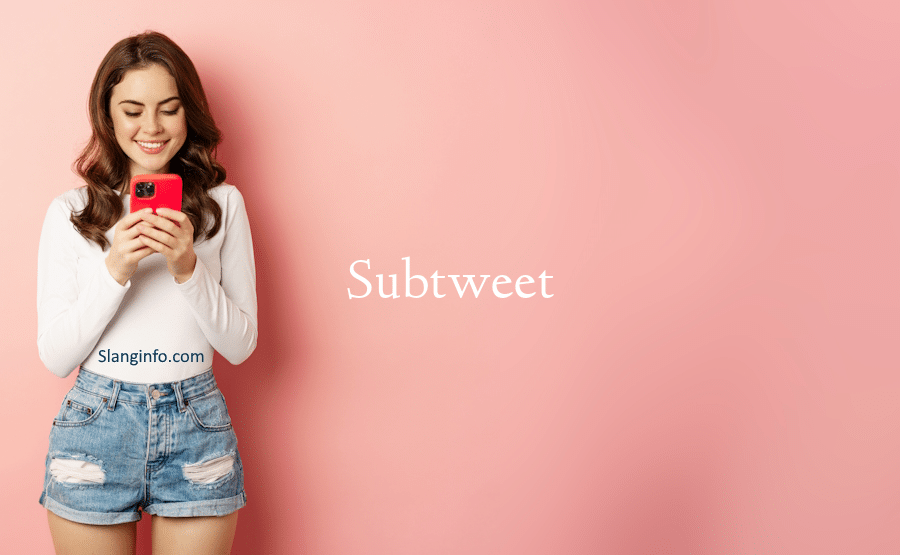
Now, you might be wondering, “Why not just @ the person and be done with it?” Well, there are a few reasons why people choose the subtweet route:
- Avoid direct confrontation: Some folks just aren’t comfortable with face-to-face (or @-to-@) conflict.
- Create drama: Let’s be real, sometimes people just want to stir the pot.
- Inside jokes: Subtweeting can be a way to share humor with a select group.
- Vent frustrations: It’s a way to get things off your chest without naming names.
I’ll admit, I’ve been guilty of subtweeting before. Once, after a particularly annoying group project, I posted: “Gotta love team members who think showing up is the same as contributing. 🙃” Was it mature? Probably not. Did it make me feel better? You bet!
The Impact of Subtweeting: When Shade Gets Real
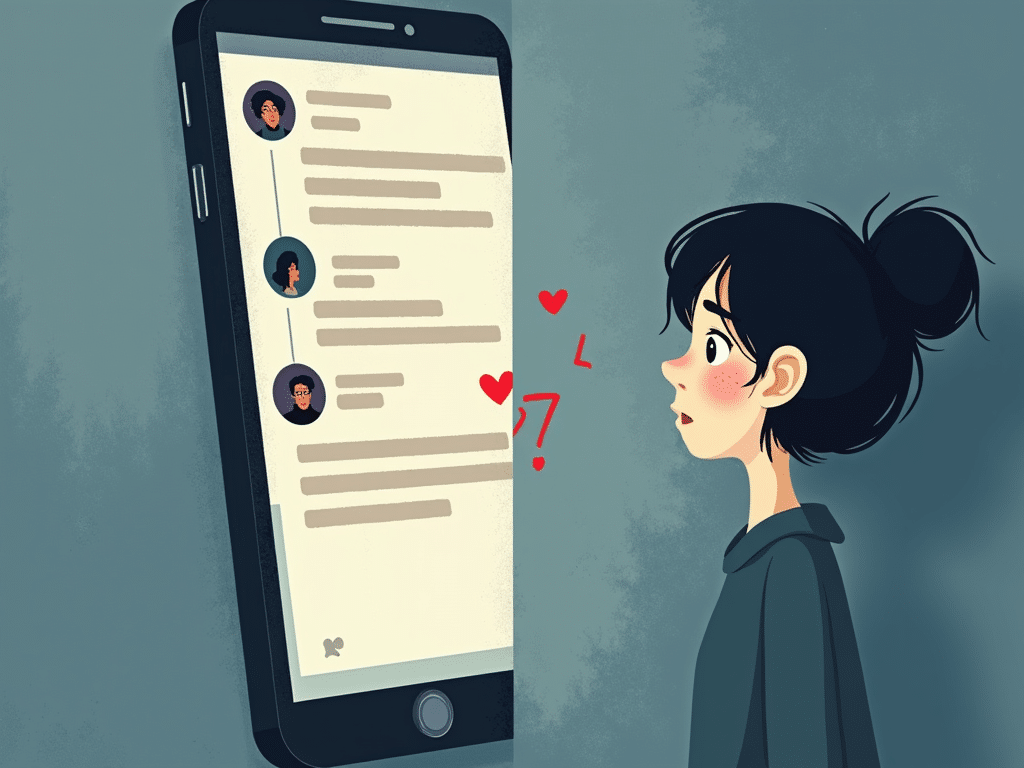
Here’s where things get interesting. Subtweeting might seem harmless, but it can have some pretty real effects:
- Paranoia: Ever see a vague post and wonder, “Is that about me?” Yeah, that’s the subtweet effect.
- Misunderstandings: Without context, people might assume a subtweet is about them when it’s not.
- Passive-aggressive culture: It can encourage indirect communication instead of honest conversations.
- Drama fuel: Subtweeting can turn small issues into big blowups.
On the flip side, some argue that subtweeting is a form of self-expression and a way to process emotions without direct confrontation. It’s a delulu balancing act, for sure.
Subtweeting in the Wild: From Celebs to Brands
Subtweeting isn’t just for us regular folks. Celebrities and brands have gotten in on the action too. Remember when Taylor Swift and Katy Perry were feuding? Their social media was a masterclass in subtweeting.
Even companies do it! I once saw a fast-food chain tweet “We don’t need to name names, but some burgers are just better than others. 🍔👑” Talk about throwing shade in the drive-thru lane!
The Ethics of Subtweeting: Shady or Fair Game?

Alright, let’s get into the nitty-gritty. Is subtweeting okay, or is it just a digital version of talking behind someone’s back? The debate is hotter than a viral TikTok dance.
The Pro-Subtweet Camp says:
- It’s a form of self-expression
- It allows people to vent without direct confrontation
- It can be a way to call out bad behavior indirectly
The Anti-Subtweet Crew argues:
- It’s passive-aggressive and immature
- It can lead to misunderstandings and unnecessary drama
- It’s a form of indirect bullying
Honestly? Both sides have some valid points. It’s not as simple as “subtweeting good” or “subtweeting bad.” Like most things in life, it’s all about how you use it.
How to Spot a Subtweet (And What to Do About It)
Think you might be the target of a subtweet? Here are some signs to watch out for:
- Vague posts that seem oddly specific to your situation
- Timing that coincides with recent events or interactions
- Use of emojis or language that feels pointed
- Friends or mutuals suddenly acting differently towards you
If you suspect you’re being subtweeted, here are your options:
- Ignore it: Sometimes, the best response is no response.
- Address it privately: If you know who it is, consider having a calm, direct conversation.
- Respond with kindness: Kill ’em with kindness, as they say.
- Subtweet back: Not recommended, but some people choose this route. FAFO, I guess?
Remember, not every vague post is about you. Sometimes a tweet about annoying people is just a tweet about annoying people. Don’t let the paranoia get to you!
The Future of Subtweeting: Where Do We Go From Here?

As social media evolves, so does the art of subtweeting. Here are some trends we might see:
- More sophisticated algorithms: Platforms might start detecting and flagging potential subtweets.
- New forms of indirect communication: As people catch on to subtweeting, new, even more subtle forms might emerge.
- Increased awareness: As we become more savvy about online communication, subtweeting might become less effective.
One thing’s for sure – as long as we have social media, we’ll have some form of indirect communication. The question is, how will it change and adapt?
The Subtweet Survival Guide: Navigating the Shade
Alright, let’s wrap this up with some pro tips for surviving (and thriving) in the world of subtweeting:
- Think before you tweet: Ask yourself if that vague post is really necessary.
- Consider the impact: How might others interpret your words?
- Be direct when it matters: Sometimes, a face-to-face (or DM-to-DM) conversation is best.
- Don’t assume: Not every post is about you, even if it seems like it could be.
- Use your powers for good: If you must subtweet, why not make it positive? Spread some anonymous kindness!
The Last Word on Subtweeting
At the end of the day, subtweeting is just one part of our complex digital communication landscape. It can be funny, frustrating, or downright confusing. But remember, behind every tweet (sub or otherwise) is a real person with real feelings.
So next time you’re tempted to throw some indirect shade, take a sec to think about whether it’s really the best way to get your point across. Maybe instead of subtweeting, you could try, I don’t know, actually talking to people? Just a thought! 😉
Stay kind, stay direct, and remember – the internet never forgets, even if you don’t @ anyone. Use your tweets wisely, folks!
Want to dive deeper into the world of online communication? Check out our articles on Gen Z slang and internet trends. Trust me, your social media game will never be the same!
P.S. If you’re reading this and thinking, “Is this whole article a subtweet?” Well, that’s for me to know and you to wonder about. JK – it’s not. Or is it? 🤔 (It’s not.)

